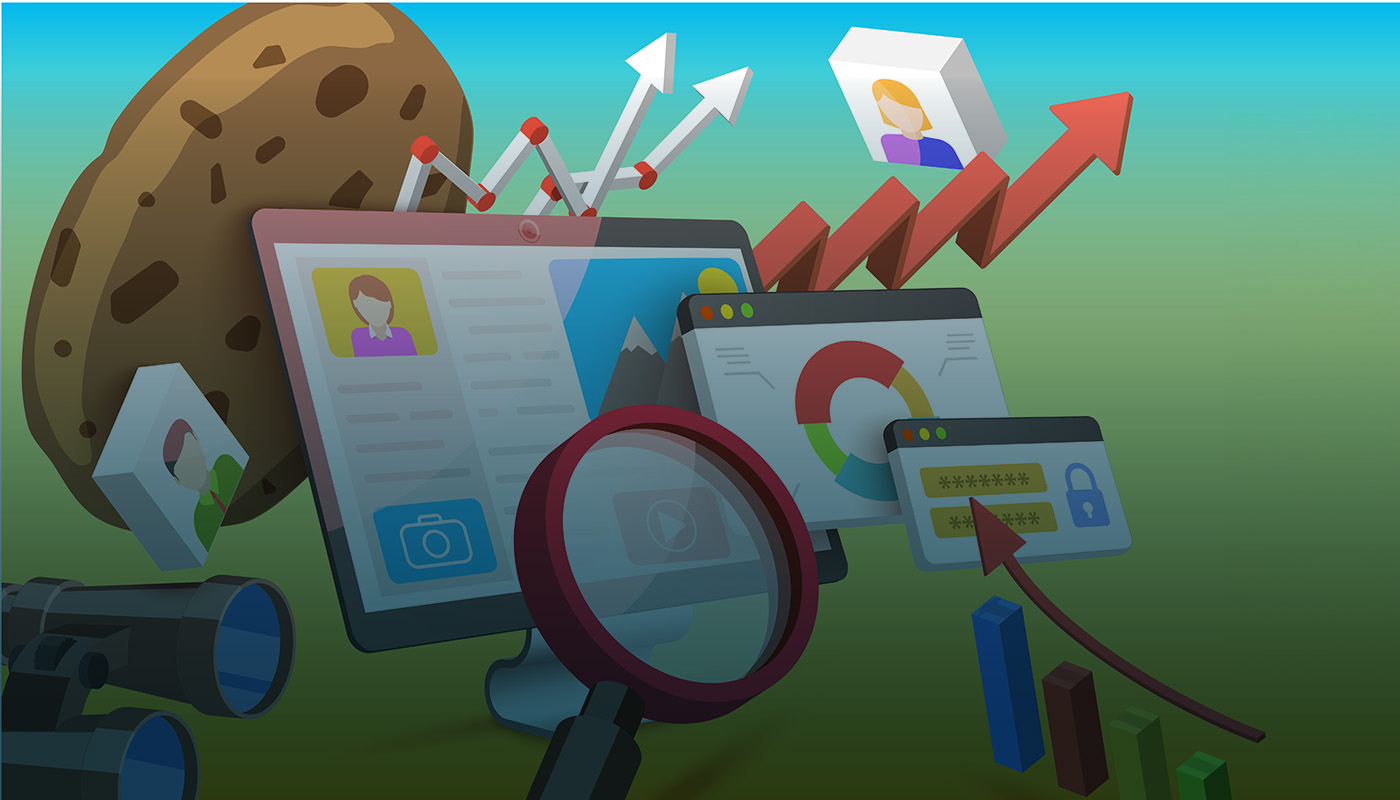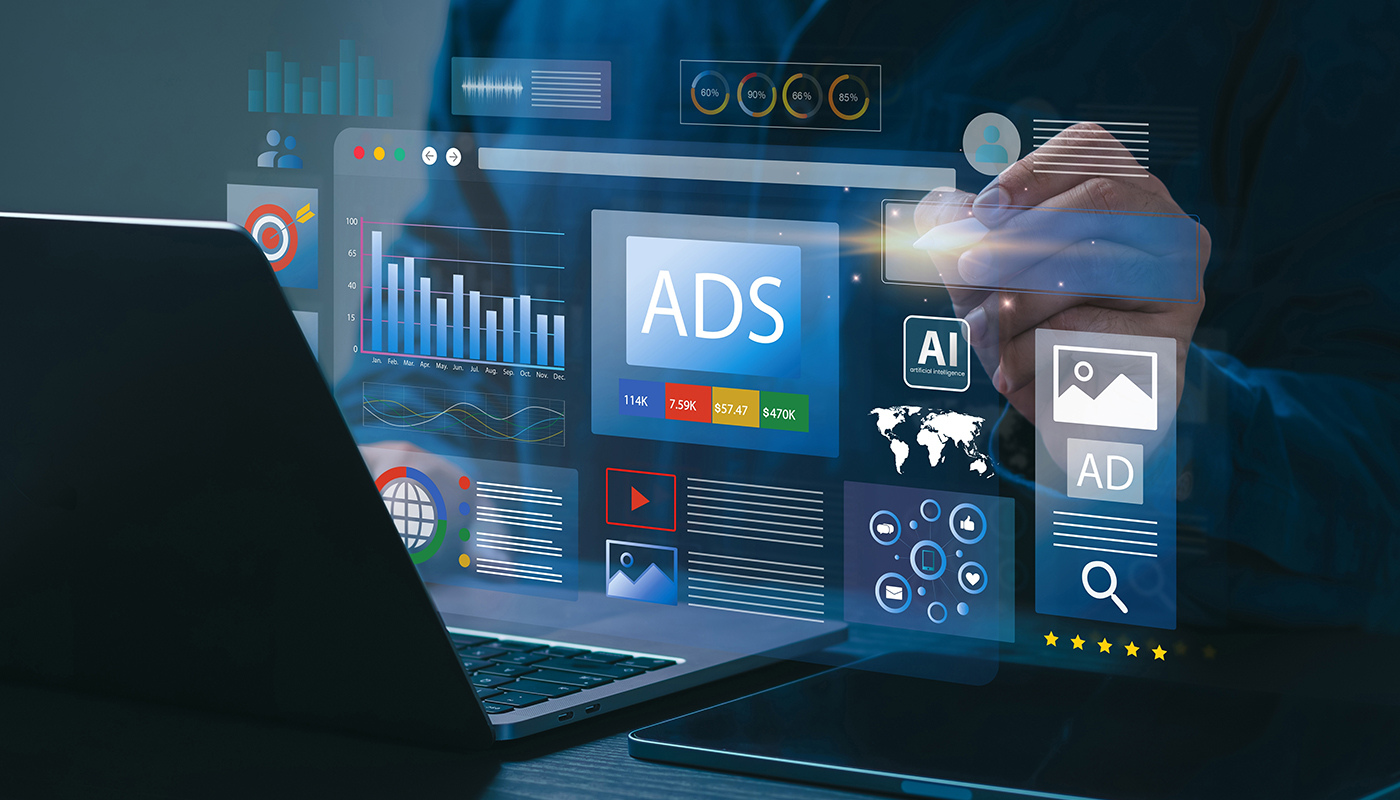When introducing something novel to the market, the key is anchoring it in something familiar to the customer. If they can’t understand it, they simply won’t buy it. Psychologist Albert Bandura’s social learning theory posit that observation significantly impacts how we learn. We see others do it, and then we do it too. It’s why even young children in America understand that red indicates “stop” in our culture.
“If you want to go fast, go alone. If you want to go far, go together.”
In the 1900s, French brothers André and Édouard Michelin, founders of the tire company, wanted to create interest in automobiles. They created what would become the first Michelin guide. Initially, the guide taught customers how and when to repair or replace tires. By 1926, they iterated the guide to encourage travel, initially covering only French restaurants with a single star indicating “fine dining.” The full 3-star system was in place by 1931, but it took another 70 years before Michelin started rating American restaurants. André and Édouard understood that their customers were familiar with books and used this format to educate them about tires and spark interest in driving – ultimately leading to more tire sales.
In 1951, Sir Hugh Beaver, managing director of the Guinness Brewery, struggled to settle an argument about the fastest game bird at a shooting party. This experience inspired him to create a Guinness-based promotion for settling “pub arguments.” The concept: if people stayed in pubs longer discussing the book, they might have a few more pints of Guinness. The Guinness Book of World Records was born, taking something people understood (pub arguments) and offering a new way of solving them.
Fast forward to June 2024, when Apple and OpenAI, the company behind ChatGPT, announced a partnership to create an AI product called Apple Intelligence. This move was stunning for two reasons: first, it would help Siri catch up in the AI race; second, its full significance wouldn’t be clear until Apple’s “Glowtime” event in September, introducing the iPhone 16 with Apple Intelligence.
Why is this interesting?
AI is having a moment, but many people don’t understand how it works or haven’t used it. Pew Research shows only 23% of Americans have used AI. How do you increase usage of a large language model (LLM) like ChatGPT? You integrate it into something 118 million Americans currently use and understand – the iPhone.
In iPhone 16 demos, Apple Intelligence provides restaurant data through the camera, introducing consumers to augmented reality where digital information overlays the real world. It’s taking something familiar and offering a new way to understand it.
While the full impact of Apple Intelligence won’t be felt until March 2025 when all features roll out, integrating ChatGPT into a product as ubiquitous as the iPhone is significant.
The partnership between Apple and OpenAI exemplifies the age-old strategy of introducing new technology through familiar channels. By embedding advanced AI capabilities into the iPhone, a device millions already use daily, Apple is poised to dramatically increase AI adoption and understanding among consumers. This move not only accelerates the widespread use of AI but also demonstrates how innovation can be effectively introduced by bridging the gap between the novel and the familiar. As we stand on the brink of this AI revolution in our everyday devices, it’s clear that the companies who master the art of making the complex accessible will lead the way in shaping our technological future.
WE'RE HERE TO HELP
Grow Your Business
The MLive Media Group of today drives Michigan businesses to greater success. Contact us with any opportunities for us to help you.


 Ad Choices
Ad Choices
